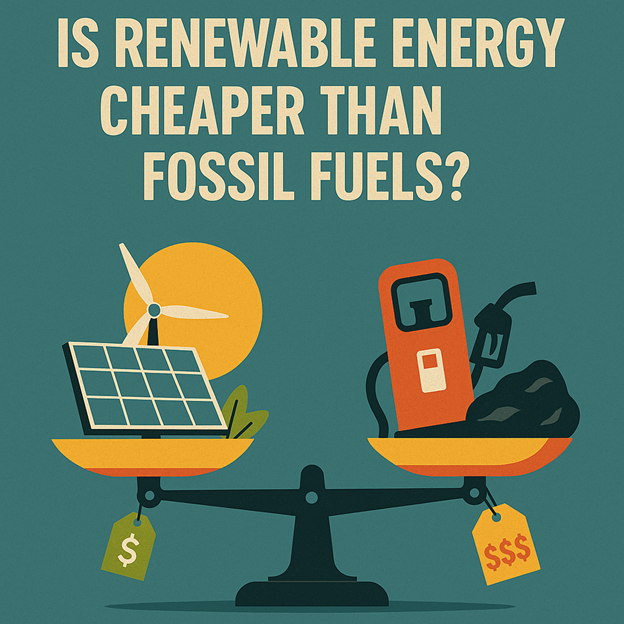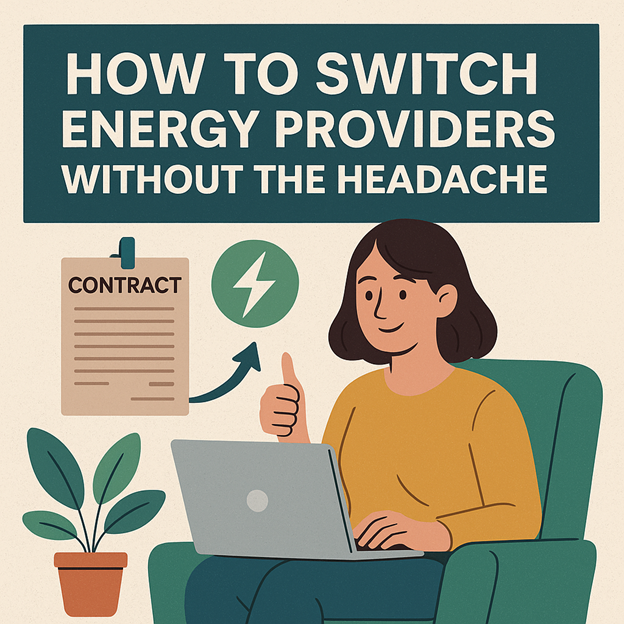If you’ve ever thought about switching to renewable energy, chances are you’ve asked this question: “But what happens when the sun doesn’t shine or the wind doesn’t blow?” Fair enough — nobody wants their Zoom call dropping mid-pitch or their fridge going rogue because a cloud rolled in.
Let’s clear this up: solar and wind power are more reliable than most people think, and they’re getting stronger by the day — thanks to tech advances, smarter grids, and energy storage that keeps the lights on long after sunset.
First, the basics: solar panels don’t need direct sunlight all the time — they work on cloudy days, too. And wind turbines? They don’t need hurricane-force gusts to generate power. Modern systems are incredibly efficient, especially when placed in high-production regions. In fact, U.S. wind farms have a capacity factor around 35%, and solar averages between 15–25% — meaning they produce energy a good chunk of the time, even without perfect weather.
Now, here’s where things get really interesting: the grid doesn’t rely on just your rooftop solar panel or that turbine in the distance. It’s a dynamic system that pulls from a mix of energy sources, including renewables, batteries, hydro, and more. And with energy storage technology like Tesla Powerwalls, utility-scale lithium-ion batteries, and virtual power plants, the system can stash excess energy for use when generation dips.
And yes — the grid itself is getting smarter. With AI-driven demand forecasting and distributed energy management, your utility company can balance supply and demand in real time. Think of it like an air traffic controller, but for power, rerouting electrons to where they’re needed most. That’s how we keep things steady, even when nature’s doing its thing.
Also worth noting: traditional fossil fuel plants go offline more often than you’d think — from equipment failures to fuel supply issues. According to the U.S. Department of Energy, renewables actually increase reliability by decentralizing the energy supply and reducing reliance on a few massive power stations.
Still not convinced? Just look at Texas during the 2021 grid failure. While gas and coal plants froze up, wind and solar underperformed less than expected — and battery storage saved the day in key areas. The problem wasn’t renewables; it was poor planning and lack of weatherization.
In short: yes, renewable energy is reliable — and getting more so every year. The grid isn’t going back in time; it’s evolving toward something cleaner, more flexible, and surprisingly tough.
If you’re weighing the switch to a clean electricity plan, know that solar and wind are more than capable of keeping your home or business running smoothly — with fewer emissions, fewer surprise rate hikes, and more long-term resilience baked in.
Ready to make the leap?


